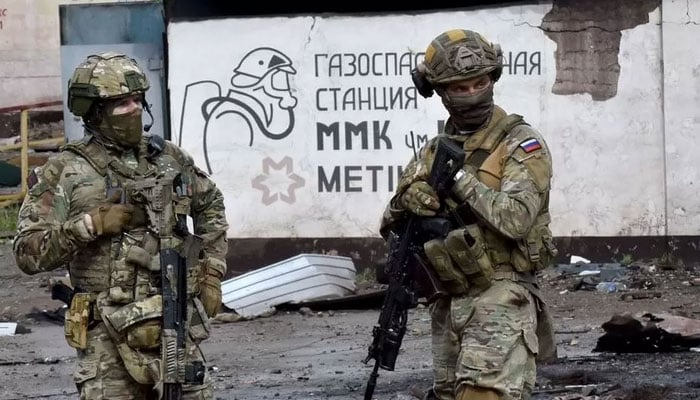
By Egidio Inguscio – LIPR Ambassador Of Peace based in Italy
As Ukrainians flee the Russian invasion in search of safety, what is Italy’s part in handling the emergency? Here’s what we know so far. Since a handful of the first refugees arrived from Ukraine into Italy on Sunday, the figure has risen into the thousands
A total of around one million refugees have fled Ukraine since the conflict began, according to the UN refugee agency. It’s a figure that marks a speed of exodus “rarely seen”, according to the UN High Commissioner for Refugees Filippo Grandi.
The rapid nature of movement is hard to track, as the organisation notes that more people continue to escape Ukraine “hour by hour, minute by minute”, with an unknown number of Ukrainians displaced within the country.
In Italy, the most recent government update places the numbers at 3,840 Ukrainian citizens entering the country since the start of the conflict, including 1,890 women, 570 men and 1,380 minors. However, other sources estimate the figure as much higher – at 7,000 refugees in Italy already, 3000 of those children, according to Italian newspaper La Repubblica.
The UN refugee agency told The Local that at least 4,000 Ukrainian refugees have arrived in Italy since Sunday, February 27th just at the Fernetti–Trieste crossing, on the north-eastern border with Slovenia. That’s based on observations of the number of buses, they stated. Meanwhile, the agency continues to ramp up its presence at this border, it wrote in a tweet.
The numbers already seen are just the start. An estimated 800-900,000 refugees are expected in Italy from Ukraine in the coming weeks, according to Fabio Prevedello, of the European Cultural Association Italy-Ukraine.
“This estimate is based on the fact that there are about 250,000 Ukrainians in Italy, that many relatives will try to join them and that every Ukrainian family has an average of 2-3 children,” he said.
And since an EU-wide measure was approved opening the corridors to Ukraine refugees, that figure could rise again. EU leaders approved the Temporary Protection Directive on Thursday, which grants immediate leave to stay in the Bloc without a visa for one year – and it can be extended if necessary.
Speaking on the decision, Italy’s interior minister Luciana Lamorgese, stated, “We must be satisfied with the application of this directive on temporary protection, for the first time since 2001. It is an application in line with all the activity carried out by the 27 EU countries, both in terms of sanctions and support to the Ukrainian country”.
What are the Italian authorities doing?
Speaking after the NATO foreign ministers’ summit, Foreign Minister Luigi Di Maio on Friday said Italy will evacuate families who no longer have a home from Ukraine. It comes after the government released operational guidelines this week, based on a decree law introduced on Monday, February 28th, which outlined Italy’s urgent measures for the Ukraine crisis.

Italy authorised the expansion of Italy’s extraordinary reception centres (CAS) to accommodate 13,000 additional people, and the expansion of its national reception and integration system (SAI) centres by 3,000 spaces, which was already provided and financed for Afghan citizens evacuated last summer.
Refugees from Ukraine can access these facilities even if they don’t have the status of applicants for international protection or other qualifications required by current legislation. “Italy is used to managing emergency situations. Through the network of prefectures, the world of associations and municipalities, we will be able to cope with all the needs that arise,” stated Lamorgese.
It’s expected the Italian government will announce further measures in response to the developing situation, should refugee numbers increase.
Bolstering official measures, individuals and the regions themselves are taking the initiative, rallying to make spare rooms and beds available.
Italy has one of the largest Ukrainian communities in Europe, with around 250,000 people, most of whom live in Lombardy, Emilia Romagna and Campania, according to date from national statistics body Istat.
It could mean refugees initially mostly flee to these regions, seeking shelter from family and friends.
Anyone taking in relatives or friends from Ukraine are advised to inform their local authority in order to activate the necessary procedures and receive assistance. Emilia Romagna has announced it is “ready to do everything possible to take in refugees from Ukraine”, while Milan and its wider region of Lombardy has said it is ready to receive 100,000 people fleeing from the conflict.
Meanwhile, some smaller areas across Italy have taken it upon themselves to offer support and services to those refugees with nowhere to go.
Former Covid hotels, which were used to isolate people positive with the virus, are also being repurposed to house refugees who need emergency accommodation.
While the authorities draw up plans on how best to roll out this idea nationwide, some cities have already started welcoming refugees in these structures. In one former Covid hotel in Bologna, some 60 women and children are taking shelter, reports Italian newspaper La Stampa.
The regions are currently assessing how much humanitarian aid is needed and are assessing all the potential refugee centres, should the demand for places to accommodate those who have nowhere to go exceed the 16,000 places currently available.


